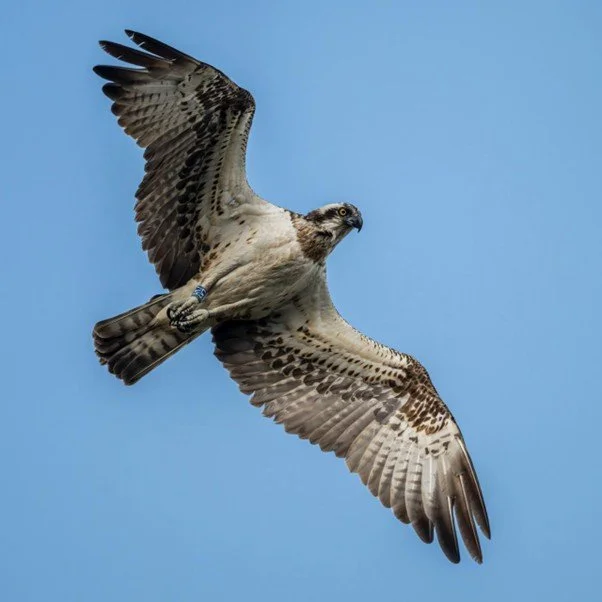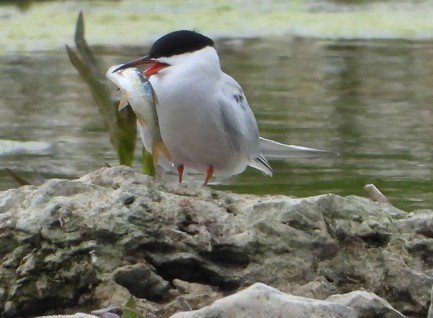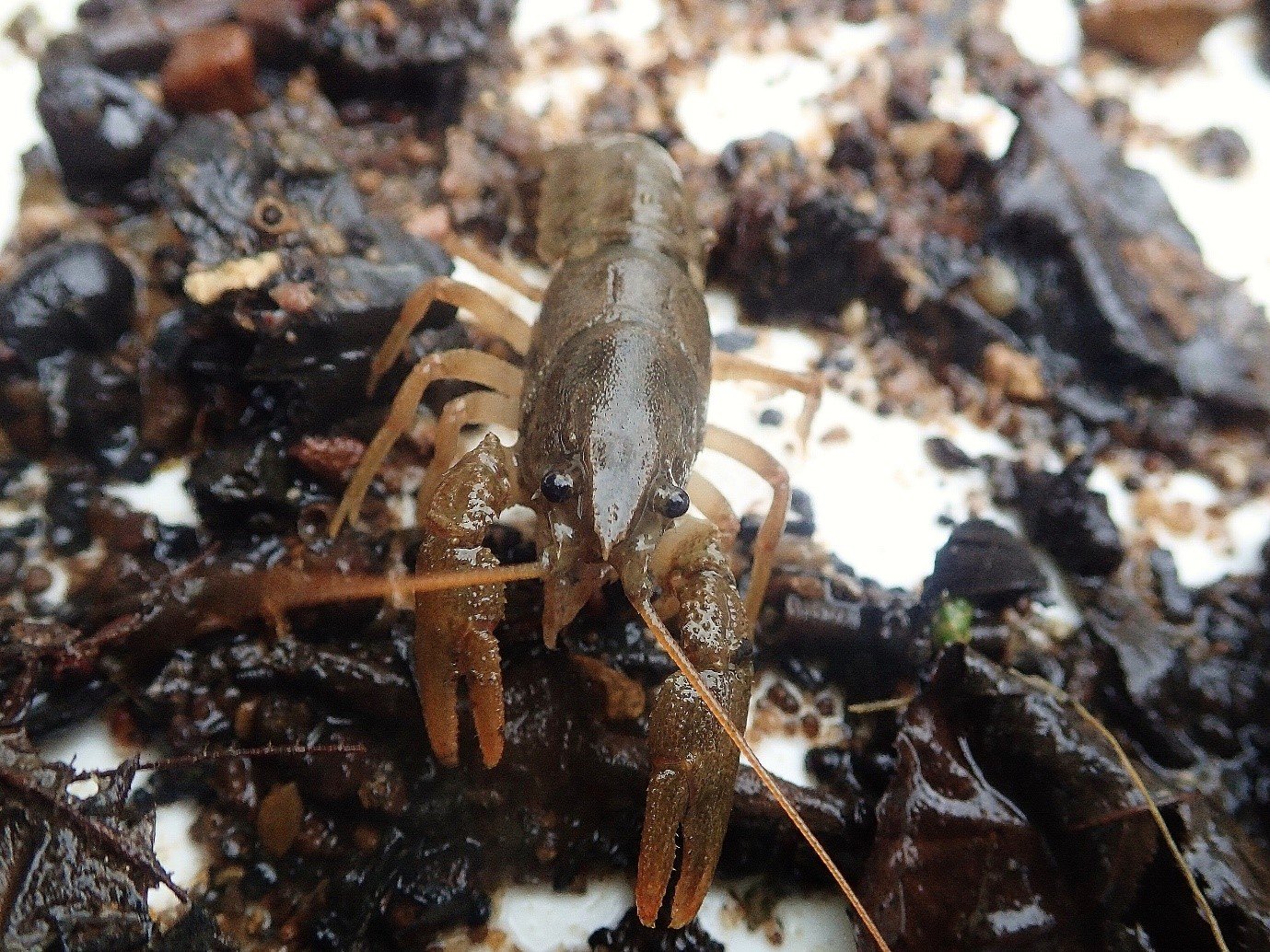
LUCT NEWS

Nosterfield Bird and Natural History Review June 2025
June in the bird world is Spring, Summer and Autumn all in one and this year with the continental style weather in Nosterfield, there is plenty to read about in Andy Hanby’s blog.

Nosterfield Bird Review September 2025
Andy Hanby’s report details the excitement of Autumn birding, so read on to discover the many species that visited the Reserve in September.

Nosterfield Bird Review August 2025
As migrating birds start to be seen in and over the Reserve, August also brought a bumper crowd of tree sparrows to a village garden. Many thanks to Andy Hanby for his report.

Nosterfield Bird and Natural History Review July 2025
Raptors, Gulls and Waders were among the visitors to Nosterfield in July. Many thanks to Andy Hanby for his report.

Nosterfield Bird and Natural History Review May 2025
Andy Hanby likens May’s visitors on the reserve to the excitement of Christmas! Thanks to Andy for his report and read on to discover the best ‘presents’…..

Nosterfield Bird and Natural History Review April 2025
With 75 species recorded on the first day of April alone, it was another bumper month on the reserve. Many thanks to Andy Hanby for his report.

Nosterfield Butterfly Review March 2025
We welcome the butterflies back to Nosterfield Nature Reserve and with them, the first blog of 2025. Many thanks to Fozzy for his report.

Nosterfield Bird Review March 2025
With 120 different species recorded on the reserve in March, there is lots to discover in this latest blog. Many thanks to Andy Hanby for his report.

The last stand of Wensleydale’s crayfish?
Martin Hammond explores the history of the White-clawed Crayfish in North Yorkshire and the reasons why it is rapidly declining.

Applications open for new Trainee Conservation Plant Nursery Manager role
We are looking for an enthusiastic candidate to assist and support work in our conservation plant nursery and be trained to manage the running of the nursery into the future.
